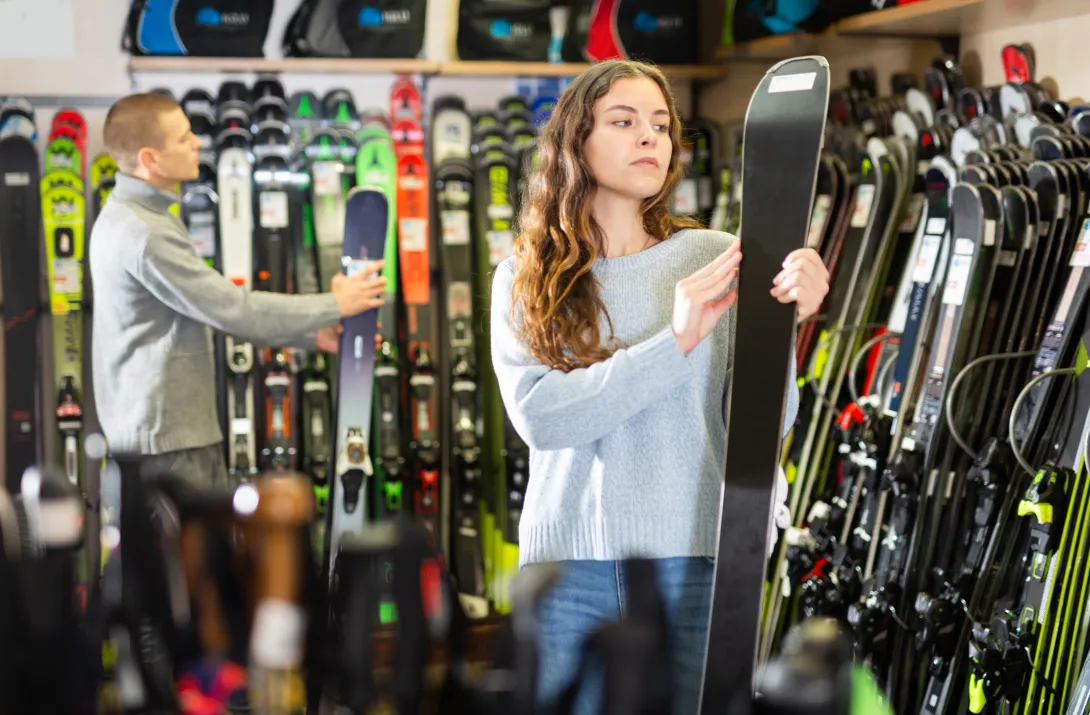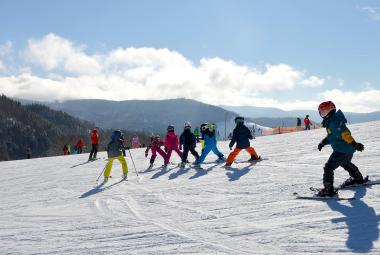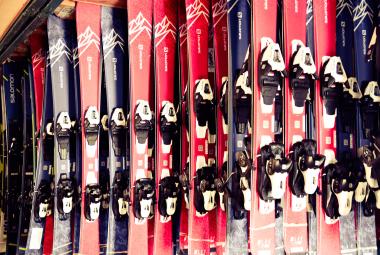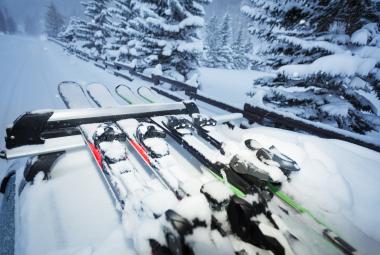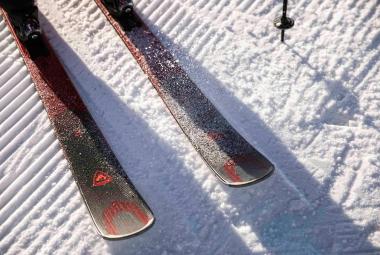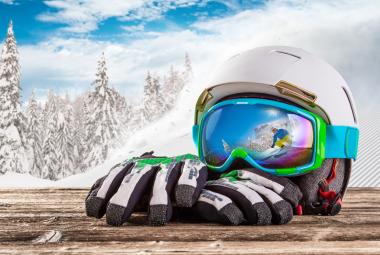Are you thinking about hitting the slopes this winter and need a pair of skis? Do you feel overwhelmed because you have no idea where to even start when it comes to buying skis? In this guide, we'll go over everything you need to know about buying skis as a beginner, including the different types of skis available, what to look for in a ski, and how to choose the right one for you.
Keep reading to learn everything you need to know about buying skis as a beginner!
Types of skis
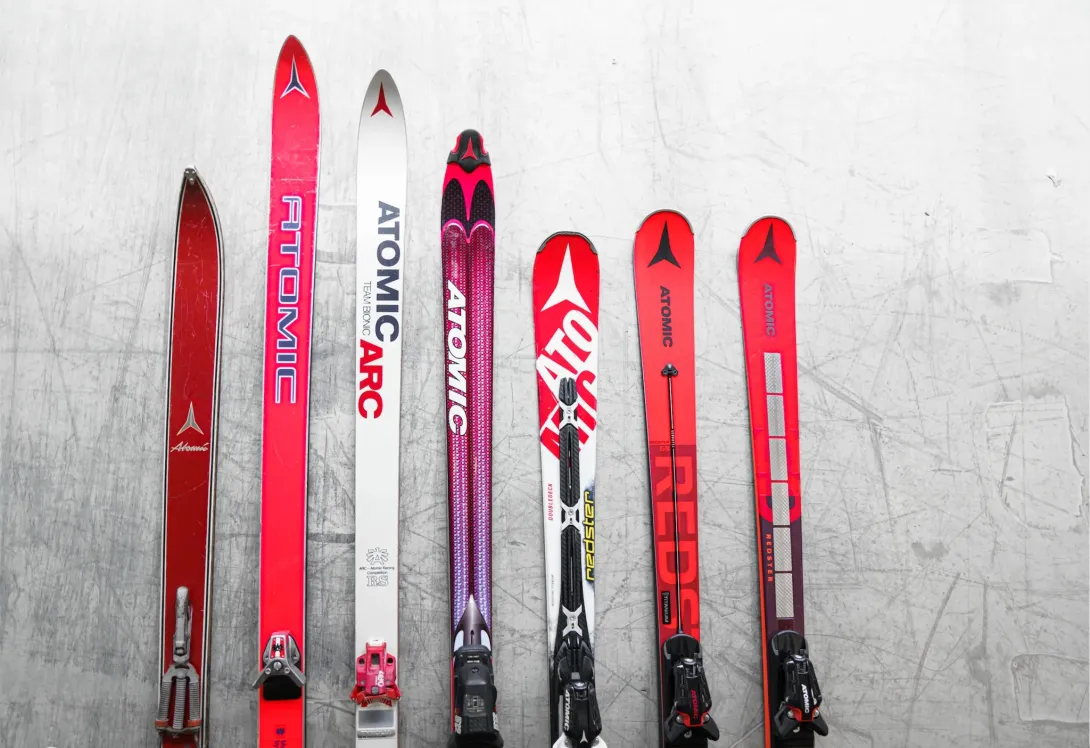
Skis are typically categorized by the type of terrain they are designed for. The three main categories are:
Alpine skis - These are the most common type of skis, and are designed for skiing on groomed trails at resorts. They are typically wider than other skis, which helps them glide smoothly on the packed snow.
Cross-country skis - As the name suggests, these skis are designed for skiing on cross-country trails, which are usually found in forests and other natural areas typically located outside of ski resorts. They are long and skinny, with a waxed base that allows them to glide efficiently on the snow.
Freestyle skis - These skis are designed for skiing specifically in terrain parks, where skiers can learn how to perform tricks on jumps and rails. They are usually shorter and wider than alpine skis, and have a flexible, twin-tip design that allows for easy maneuvering.
So how do you know which type of skis are right for you?
There are four things you should consider when buying skis: the type of skiing you will be doing, your ability level, and the size and flex of your skis.
Type of Skiing
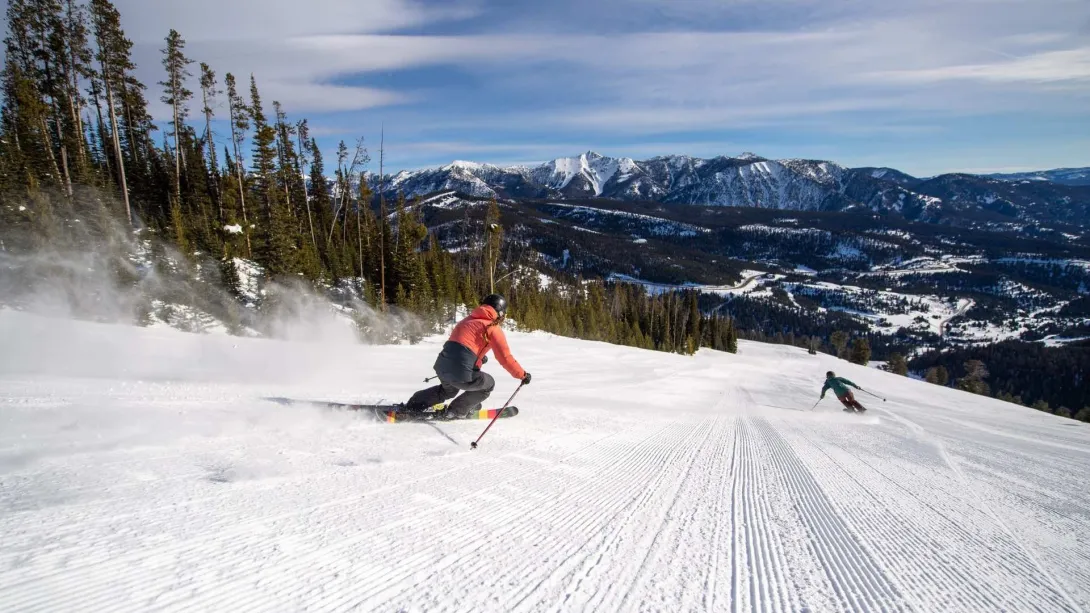
The type of skiing you plan to do will play the biggest role in your decision of what type of ski to buy.
If you're planning to ski on groomed trails, you'll want to look for skis that are designed for groomed terrain as this will make them more agile and easier to maneuver on groomed trails. Downhill skis are long and wide, and are designed for skiing at high speeds on groomed trails.
However, if you're planning to ski in backcountry or off-piste terrain, you'll want to look for skis that are designed for skiing powder. These skis will typically have a wider width and a longer length, which will give you more flotation and stability in deep snow.
Freestyle skis tend to be shorter and more flexible, and are designed for performing tricks in the terrain park.
Size
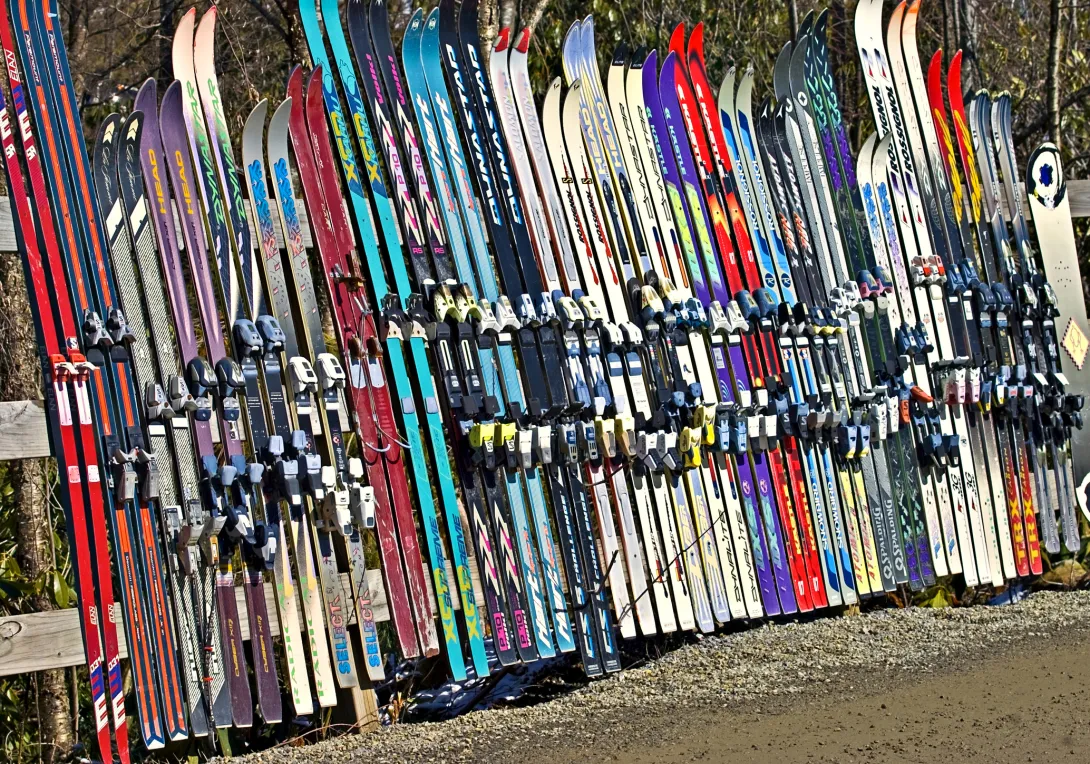
Once you've determined the type of skiing you'll be doing, the next step is to consider your size.
To determine the size of skis you should buy, there are a few key factors to consider. Firstly, your height and weight. Skis are typically sized based on these two factors, so knowing your height and weight will help you determine the right size ski for you.
Secondly, consider your skiing ability. Beginner skiers may want to choose shorter skis, while more advanced skiers may want longer skis.
Finally, consider the width of the skis. Skis designed for powder or backcountry skiing will typically be wider than skis designed for groomed trails. By considering these factors, you can determine the size of skis that will best suit your needs.
Flex
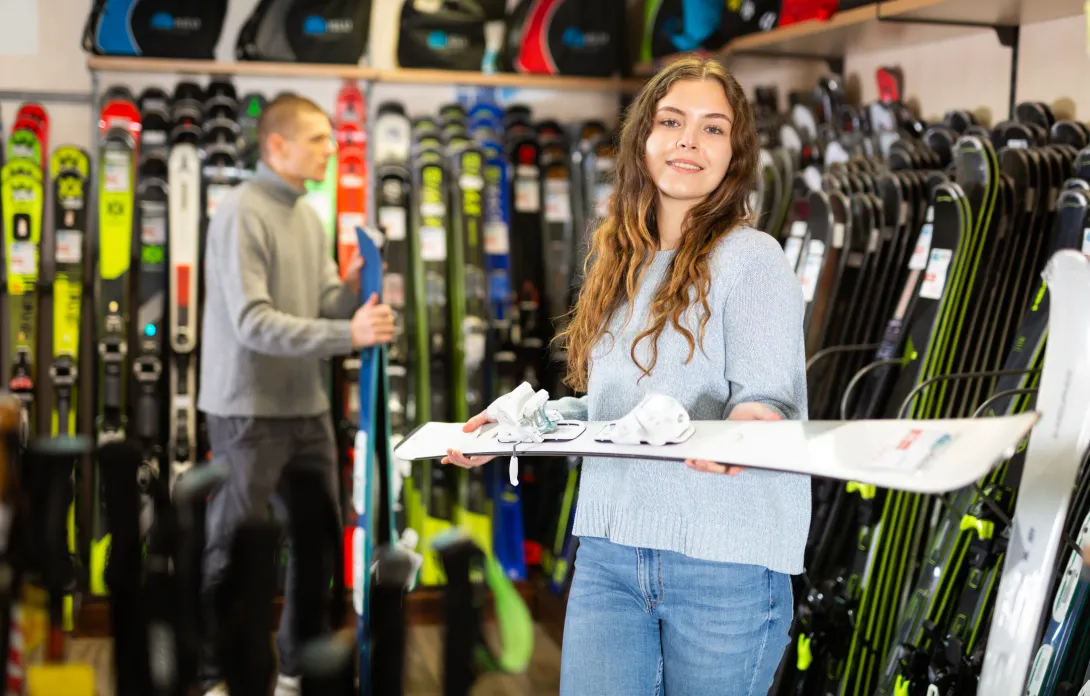
To determine the flex of ski you need, you'll need to consider your weight, ability level, and skiing style. Generally speaking, skiers who weigh less will need a softer flex, while heavier skiers will need a stiffer flex.
Beginner and intermediate skiers will typically do well with a medium flex, while advanced and expert skiers may prefer a stiffer flex for more aggressive skiing.
It's also important to think about the type of terrain you'll be skiing on and choose a flex that is well-suited to that type of terrain. For example, a softer flex may be better for powder skiing, while a stiffer flex may be better for carving on groomed slopes. Ultimately, the best way to determine the flex you need is to try out different skis and see which flex feels the most comfortable and responsive for your style of skiing.
Skill Level
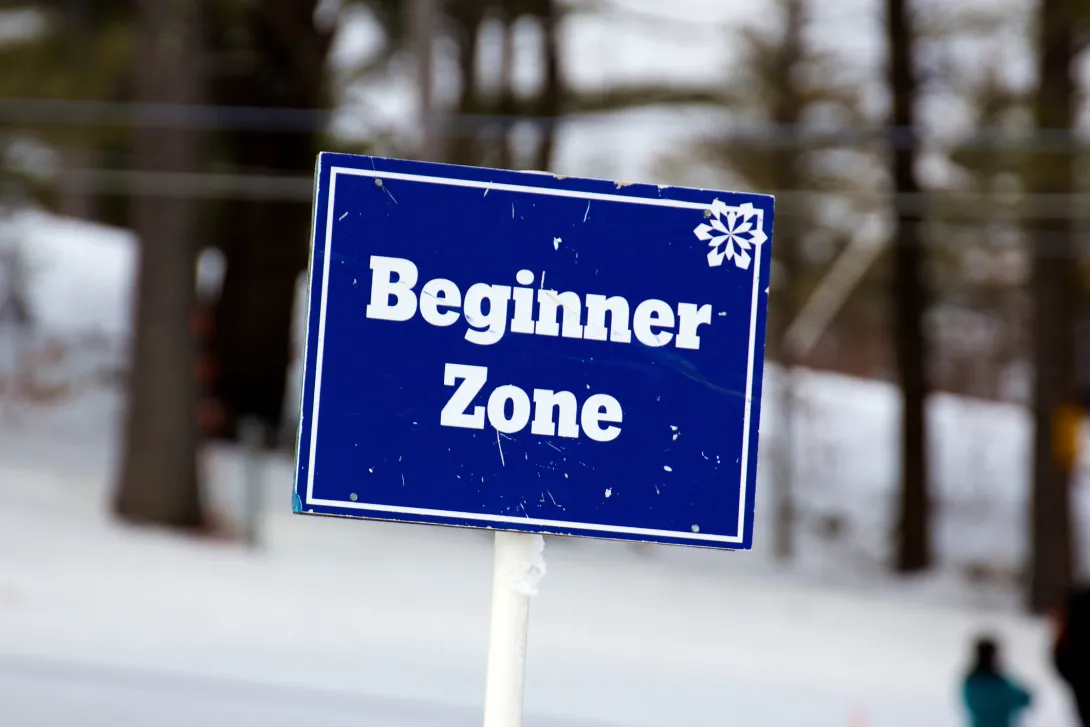
When it comes to buying skis, it's important to choose a pair that's appropriate for your skill level. If you're just starting out, you'll want to look for skis that are easy to control and maneuver. These skis will typically have a shorter length and a smaller turning radius, which will make them more forgiving and easier to handle.
On the other hand, if you're an advanced skier, you'll want to look for skis that are more responsive and offer better performance on the slopes. These skis will typically have a longer length and a larger turning radius, which will give you more stability and control at high speeds.
The Importance of Renting Skis Before You Buy

I know I just threw a lot of information at you and it can all be overwhelming.
First, take a deep breath. No matter what ski shop you visit, I promise there will be an employee there to help you out and guide you through the entire process. Be honest with yourself and the employees about how skis fit and feel and make sure you test skis out before committing to a pair.
Read more: Buy or Rent Skis: When you should buy gear
Renting skis before you buy them is important for a few reasons. It allows you to try out different types of skis and determine which ones work best for you and your skiing style as you evolve as a skier. This is especially important as a beginner, because you’ll progress rather quickly and your needs will change as you evolve as a skier. By renting skis, you can experiment with different options at different levels and find the best fit for you.
Second, renting skis allows you to save money. Skis can be expensive, and buying a pair without trying them out first can be a costly mistake if you end up not liking the skis or if they don't perform well for you. By renting skis, you can try out different options before making a purchase and ensure that the skis you buy are the absolute best ones for you.
More information:

